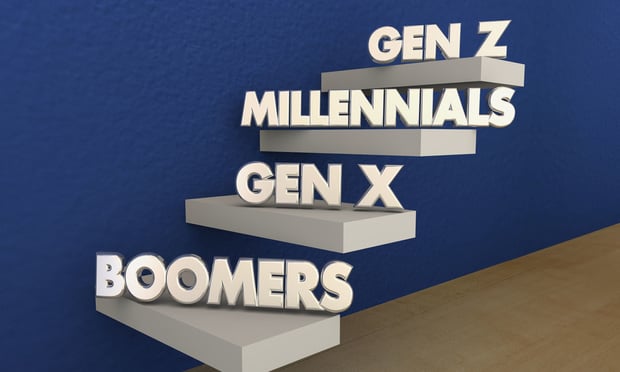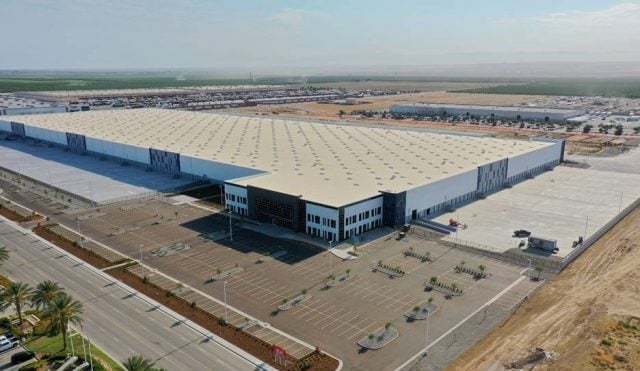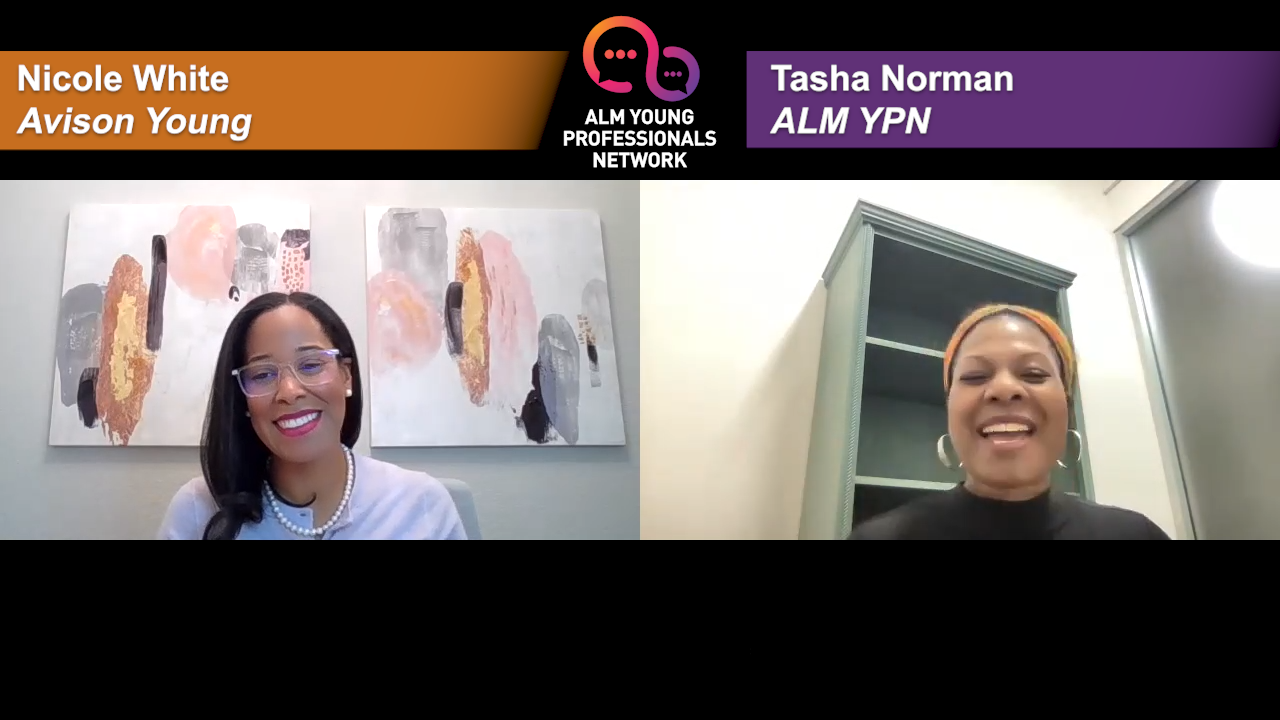LAKE FOREST, CA—LEED certification is more feasible in California than anywhere else, Healthy Buildings' group manager and resident LEED expert Alicia Chu tells GlobeSt.com. The firm recently completed a project for the South Coast Plaza – Office Division, and two of the buildings—Park Tower and Plaza Tower—achieved a Platinum LEED rating—the first in Orange County. We spoke exclusively with Chu about the difficulty of achieving this certification and what LEED means for the industry today.
GlobeSt.com: How difficult is it to achieve LEED certification for new office buildings in Orange County?
Chu: With the state raising the bar on building codes, LEED certification is more feasible in California than anywhere else. Orange County has become the home to any global corporations with corporate sustainability goals, and discerning tenants who want to work in LEED-certified buildings are driving demand in Orange County. If LEED certification is being sought on existing buildings, the process can take nine to 14 months. If LEED certification is integrated starting from the new-building design process, the path to certification is much easier and ideally does not add any time to the project timeline. In either case, using high-performance LEED consultants that have a record of getting platinum certifications simplifies the process significantly.
Recommended For You
Want to continue reading?
Become a Free ALM Digital Reader.
Once you are an ALM Digital Member, you’ll receive:
- Breaking commercial real estate news and analysis, on-site and via our newsletters and custom alerts
- Educational webcasts, white papers, and ebooks from industry thought leaders
- Critical coverage of the property casualty insurance and financial advisory markets on our other ALM sites, PropertyCasualty360 and ThinkAdvisor
Already have an account? Sign In Now
*May exclude premium content© 2025 ALM Global, LLC, All Rights Reserved. Request academic re-use from www.copyright.com. All other uses, submit a request to [email protected]. For more information visit Asset & Logo Licensing.








